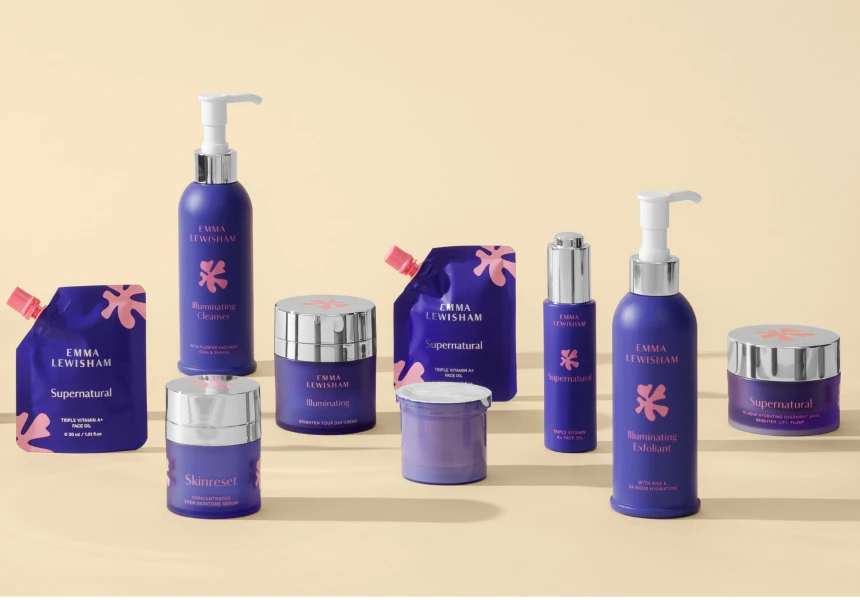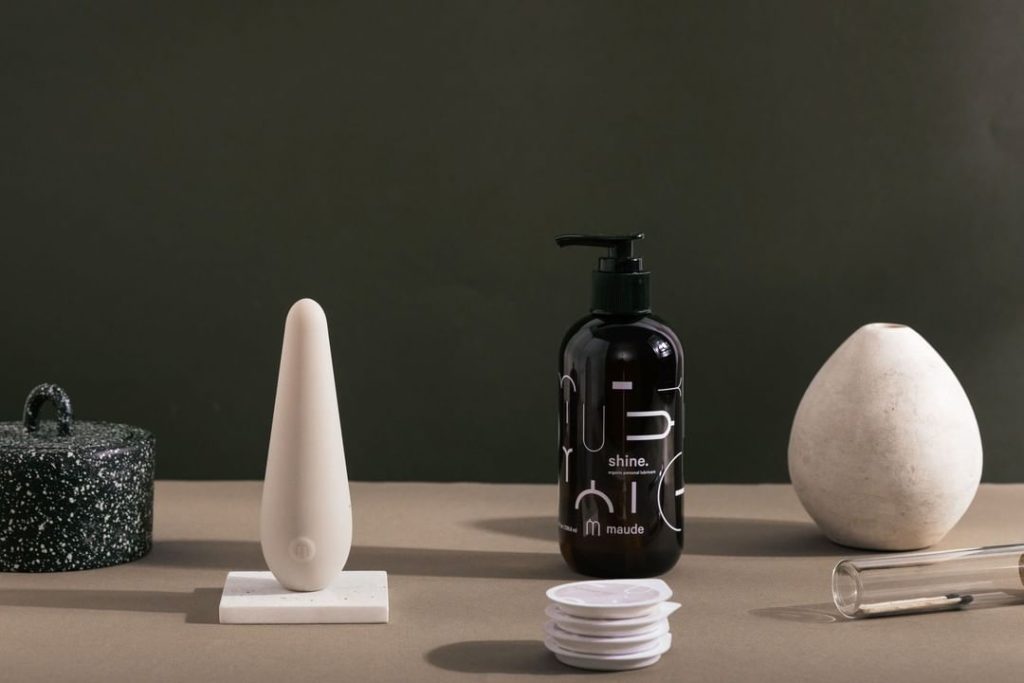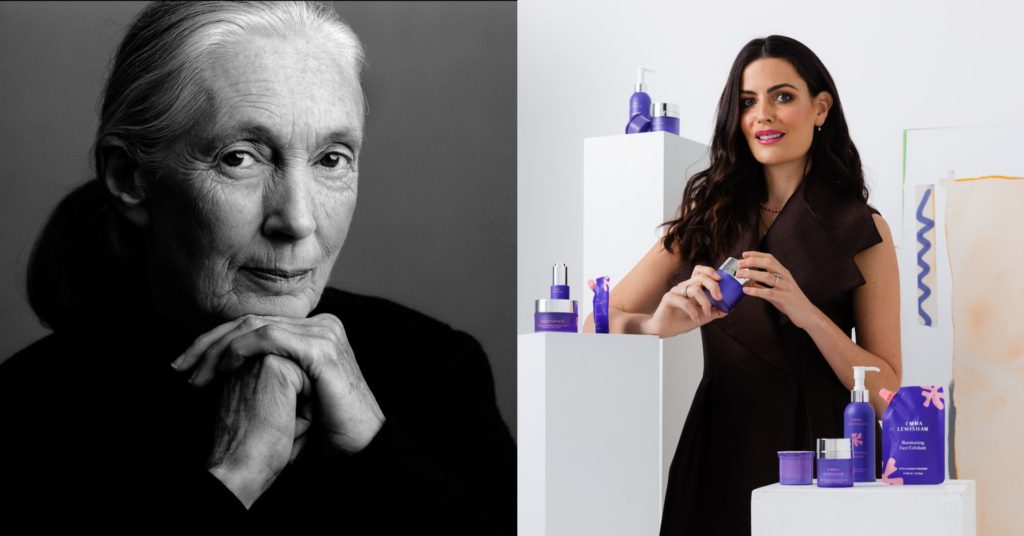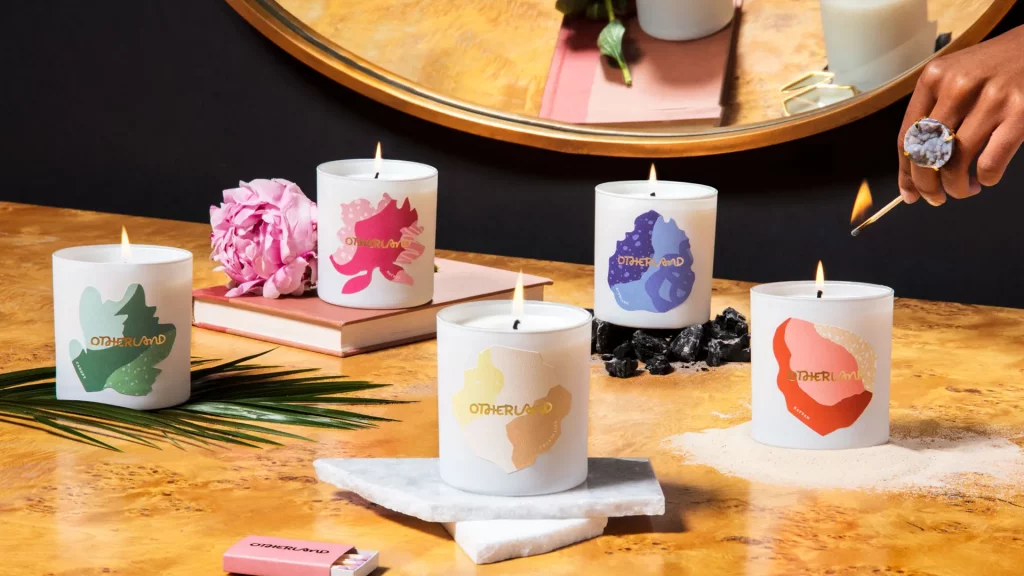Earlier this week, we had the pleasure of hosting our first ever roundtable discussion with three incredible founders: Emma Lewisham at Emma Lewisham, Abigail Cook Stone at Otherland, and Éva Goicochea at maude.
Discussion ranged from paid social, holiday promotions, the impact of iOS15, discounting, how to find positives from shipping delays, to the power of celebrity and the conversation was incredibly insightful. For those who want to watch a replay of the full session, click the link here. Below is a short summary of some key takeaways:
1. Black Friday Cyber Monday and Discounting

Black Friday is becoming a month-long marketing period with a lot of noise in the market, pressure to discount and increase spend on advertising. Is BFCM still an opportunity or is there marketing fatigue?
Emma
Emma said they don’t run discounts as a brand but this doesn’t hurt the business.
“What we saw was customers initially holding off from purchasing while waiting to see if we would discount. Once they saw we weren’t going to, we saw our sales double”
She believes in the value of their products and doesn’t want to discount that value. There was still pent up demand for the product even without sales being run. As Emma says, “if you wouldn’t buy it full price, would you actually buy it at all?”
Éva
Éva explained why maude’s approach to generally not discounting, ties in with pricing in the sexual wellness industry. Traditionally, women are being overcharged for sex essentials and toys (often referred to as the “pink tax”), but at maude they “don’t discount because [they] believe [they’re] creating pricing that is accessible to begin with.”
Discounting over the BFCM is usually used to entice new customers into the brand. However, discounting is also a powerful tool to re-engage with existing customers and foster loyalty by “giving existing customers access to a sale”. On the topic of re-engagement, Éva touched on order value. Testing a hypothesis she asked:
“If we have a minimum order spend will we see people re-engage? They were some of our best sales to date”
Abigail
Otherland started out never doing sales, but heard that a sale during the Black Friday Cyber Monday period was a huge unlock for the business.
“[BFCM] allowed us to get customers fully in the door and encourage gift giving with the timing right before the holidays”
It can be hard for people to buy a scent without smelling it first. Therefore, while Otherland rarely discounts, running a sale over BFCM turned out to be a great opportunity for acquiring a new group of customers.
2. Advertising and iOS 15

Earlier this year Apple released iOS15, which had a huge impact on 3rd party cookies. Return on ad spend (ROAS) numbers have dramatically decreased inside Facebook and Google platforms. Although it doesn’t necessarily mean the advertisement is performing worse, we’re losing visibility into what customers are doing and also these platforms may not be reporting an accurate ROAS number. How do you rationalise spending when ROAS numbers are lower?*
Éva
The sexual wellness category has always faced advertising barriers. Éva said there were times where “their [Facebook] account has been turned off.” This forced maude to further diversify. According to Éva, the brand found “ways to get 3rd party validation, be it through press or publications that people trust.”
She said turning attention away from Facebook and towards community building is important.
“Building community and fostering really high quality customers is the most important thing if you’re going to survive past two years”
Emma
Growing a brand internationally from New Zealand can be tricky, so digital advertising will always play a role for Emma Lewisham. But she did notice issues with attribution and “actually had a period of turning off paid ads to see what overall sales were at the end of the month because we felt it was being overstated.”
The result?
“It wasn’t as dramatic as we thought it would be and allowed us to build up a [hypothesis] about what we want to achieve from our advertising spend”
* If you’re skeptical about your attribution, Solve would love to speak with you. Contact us here.
3. Customer service for building lifetime value

Abigail
Abigail described Otherland as a collections-based business so it’s important they “refine the [candle] artwork and how to tell the story of the collection and the scents.” By timing scent releases with specific calendar events, Otherland creates a sense of seasonal urgency.
“For our evangelists, we’ve started something called “First Flames” which uses the close friends feature on Instagram. The group gets access to special content, gets sent products in advance, and they create content for the brand”
Otherland also did their fulfilment in-house for their first few years so they could add custom hand-written notes, and ensure the quality of the customer experience.
Emma
Emma’s key to retaining customers is deceptively simple. Make excellent products.
“Once you have excellent products, people want to come back to use them – we have a really high returning customer rate. 75% of our existing customers buy a new product when it’s released”
Emma invests in nurturing relationships with her customers, educating them on how to use the products and creating a circular beauty model where customers can send back pods to be refilled. She says you should focus on getting “evangelists for your brand” and will commonly hand-write thank you letters to her most loyal customers.
Abigail highlighted the importance of finding your evangelist customers.
Éva
Éva emphasised the importance of understanding how customers want to engage with you. Earlier this year, maude “tried to launch a loyalty programme, but found out customers just want to have early access to products and have great customer experience.” Customers want to speak to the humans behind the brands, be heard, and give feedback.
4. The power of the celebrity

Celebrities can be a huge halo effect on brands, but also potentially cause issues. What effect does the power of celebrity have on your brand and how should you approach partnerships?
Éva
Éva has recently done a New York Times article about the involvement of celebrities in brands and shared her view with the panel:
“I’m skeptical of celebrity partnerships. [Mine] stemmed from the friendship I formed with Dakota Johnson. She was the only person I would consider for the partnership. What I have seen is because of celebrities [like Ryan Reynolds who are very successful marketers], agents want to partner celebrities with these brands. While some might be great partnerships, for the most part I don’t know if it’s always a great fit or that they’re going to bring anything more to the table than their name, and the challenge of that is they’re people and they can say the wrong thing.”
It’s important to take a critical approach to how you can leverage their visibility to do things for your brand.
Abigail
Abigail touched on the importance of considering remuneration structures when working with celebrities.
“There was an era where you’d see so many collaborations [between celebrities and startups], but it can be tricky for the startup which have up front fees up front as opposed to a royalty structure”
She recommends brands, “talk to peers as much as possible and make sure [they] find the right partner, having a clear understanding of what expectations are and how incentives are aligned.”
Emma
Emma’s endorsement from renowned environmentalist Jane Goodall is unconventional for a beauty brand.
“Working with Jane Goodall is aligned to the work that we’re doing to reduce waste in the beauty industry”
The relationship was “serendipitous, but a different approach to what other beauty brands are doing who just work with celebrities, influencers and supermodels.” Emma said the relationships with more traditional celebrities are still extremely valuable but bring different benefits to the table.

5. Navigating supply chain issues

Due to the pandemic, you will be hard pressed to find an ecommerce brand that hasn’t had to deal with significant disruption to their manufacturing, shipping and overall supply chain. These supply chain issues have affected everything from available stock, delivery times, sales and customer experience. Our panelists had some great approaches to navigating this.
Éva
maude experienced significant supply chain disruption at the beginning of the pandemic, with some items constantly selling out, and demand far outweighing supply. They took a great approach by firstly ensuring every product page had a “remind me”, “add to waitlist” or “preorder” button.
This resulted in reducing possible lost sales, building anticipation and demand, and then being able to capitalize on this in the media. maude had constant glowing press coverage with headlines such as: “This Bestselling Vibe Is BACK (But Not For Long!)” and , “Maude’s Rarely In-Stock Vibe Has An Exclusive New Hue”
Abigail
Otherland has diversified manufacturing, including a plant in America. Not being reliant on one foreign supplier meant that they avoided some of the disruption that other ecommerce companies have faced in the last year.
In saying that, Abigail mentioned they have now sacrificed some agility, opting for longer lead times in order to remove supply chain risk. This gives them much better predictability and wiggle room in case there are delays.
Previous Next